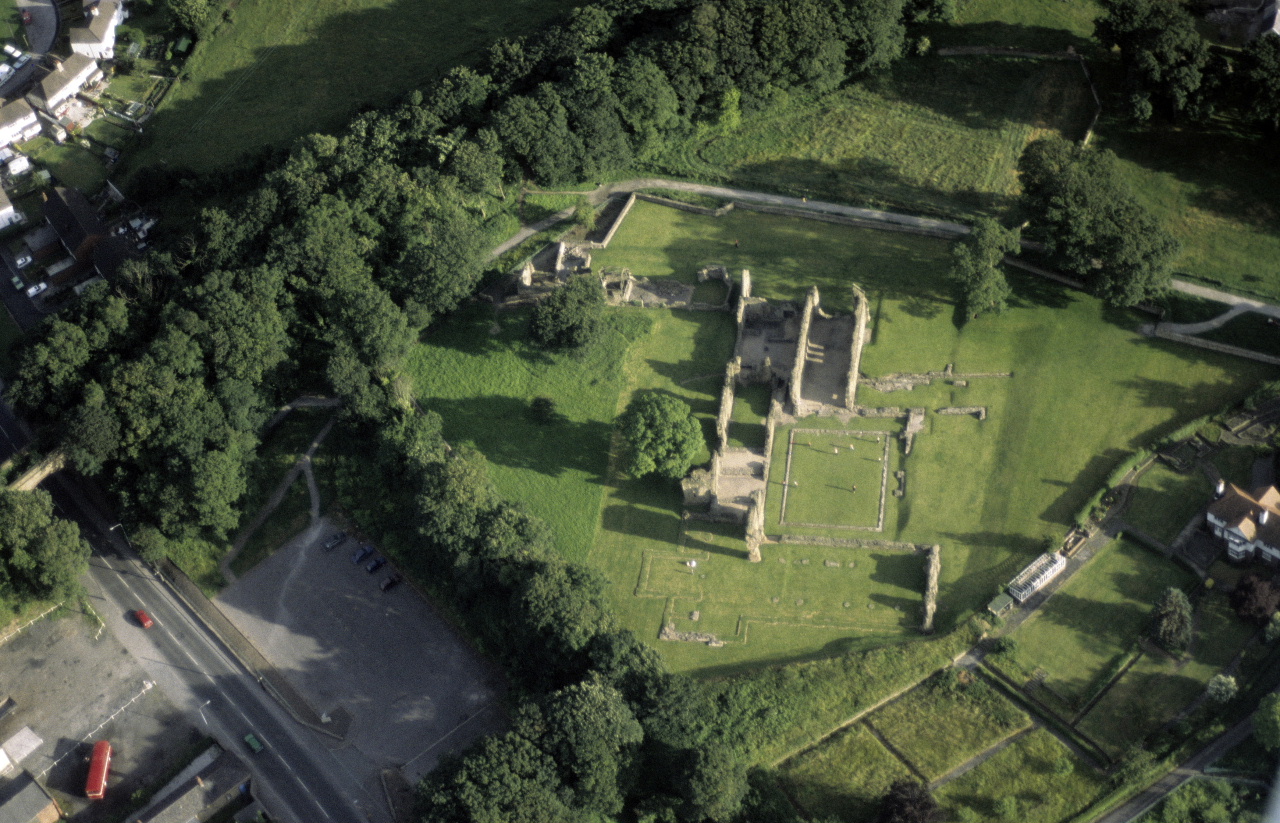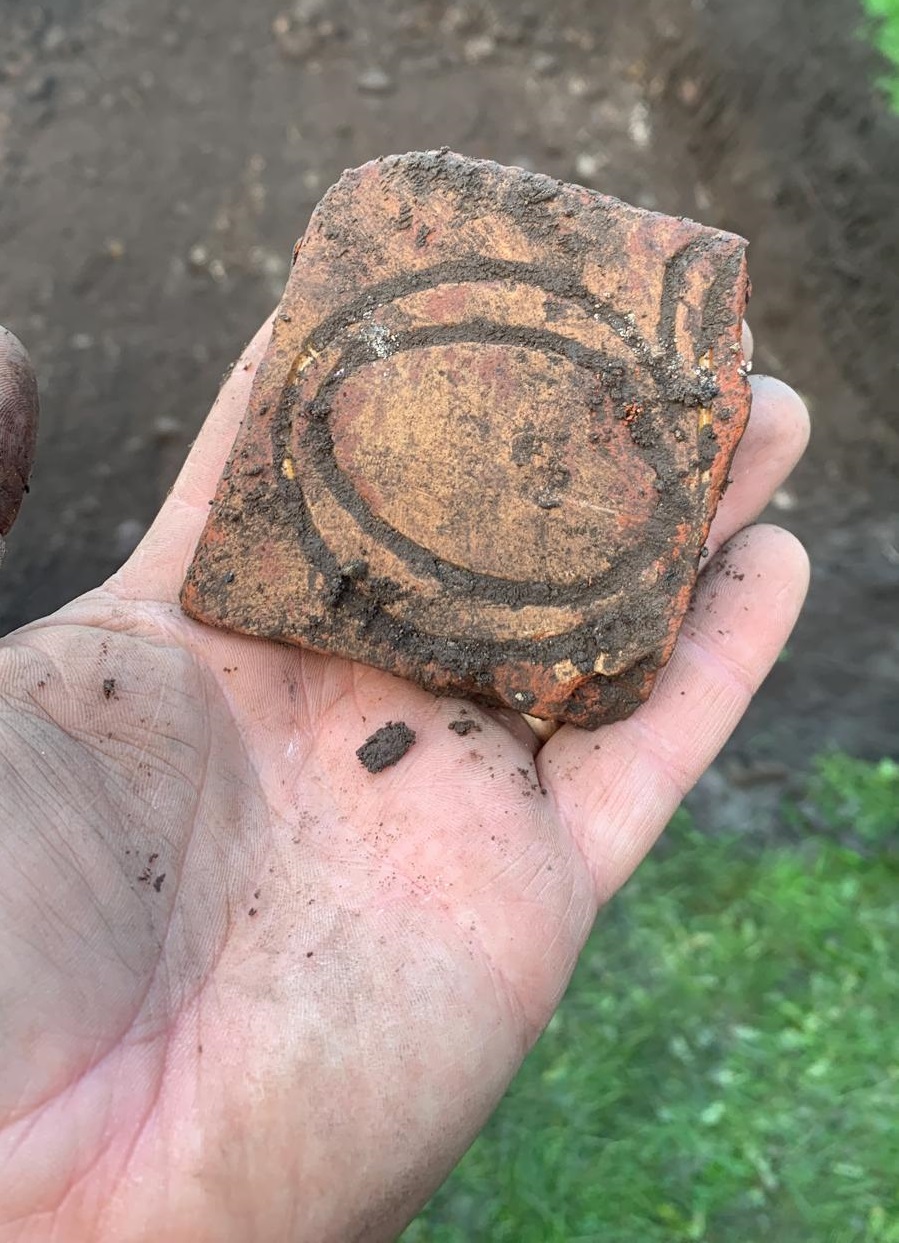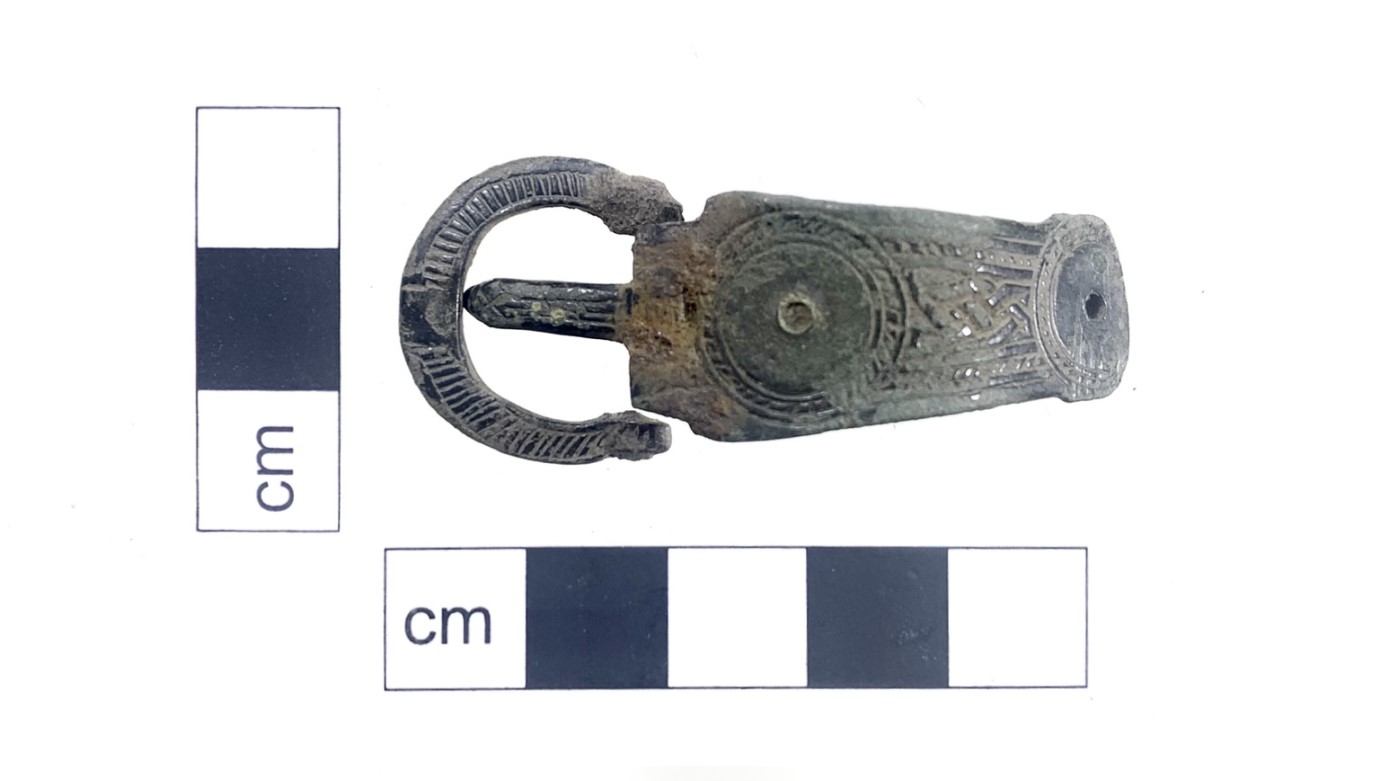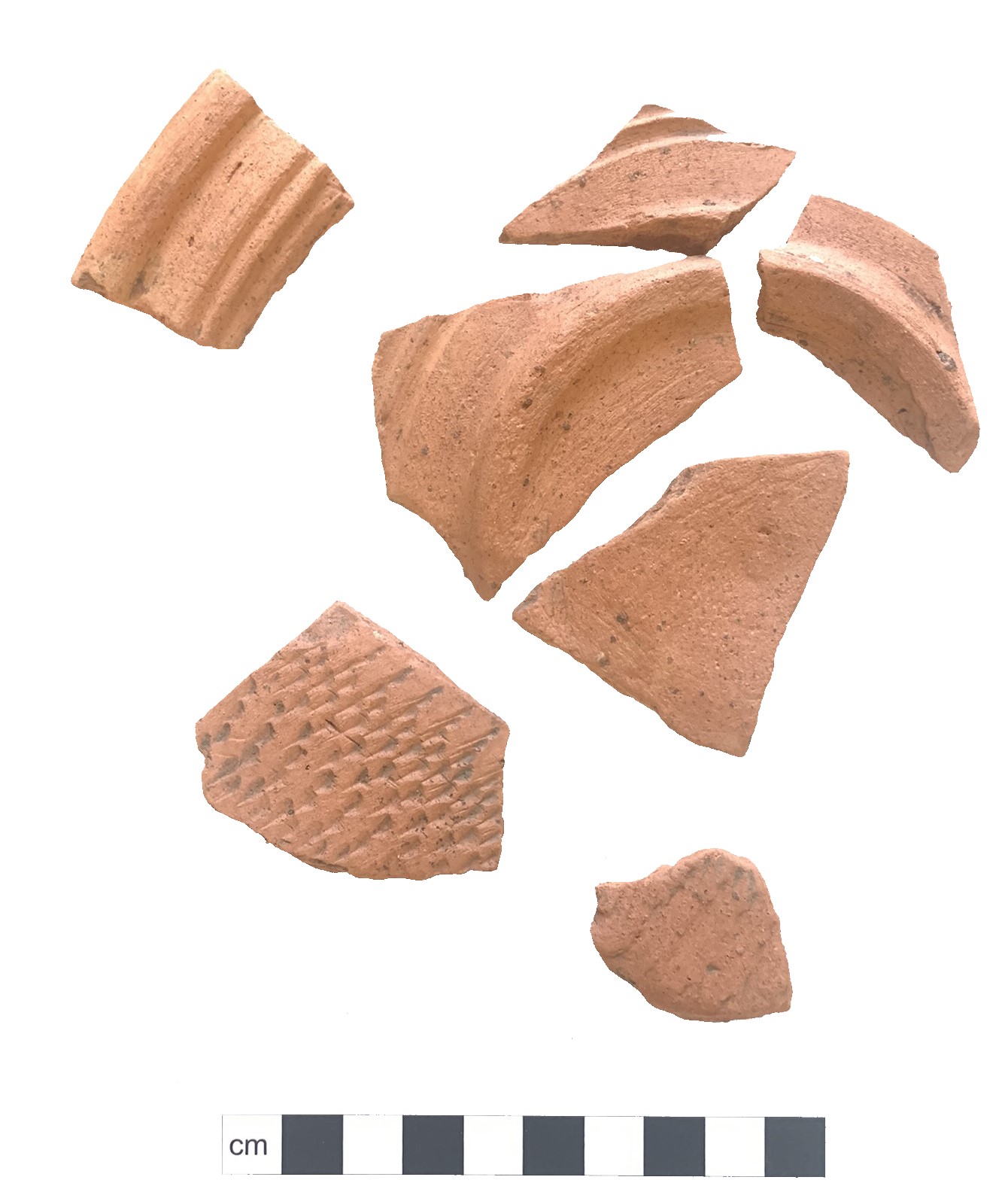Basingwerk Abbey
In the Autumn of 2023 we conducted an evaluation in fields to the south and west of Basingwerk Abbey. The project was commissioned by the Greenfield Valley Heritage Park and Flintshire County Council as part of their land management plans funded by the UK Government regional levelling up scheme.
The objectives of the evaluation were to determine the potential presence, depth, date, nature and preservation of archaeological remains while incorporating public engagement and volunteer participation coordinated by the heritage park and Flintshire County Council.
The original Basingwerk Abbey was established in 1131 by Earl Ranulf of Chester as a Savignac monastery. It was later adopted by the Cistercian order and moved to its current location in 1157. In 1240, Daffydd ap Llywelyn granted the church of Holywell and the pilgrimage shrine chapel of St Winifred’s to Basingwerk, the two sites being linked by a pilgrimage trail along the valley to the southwest of the Abbey.
The Abbey was dissolved in 1536, and subsequently left to ruin with the grounds being divided and redeveloped during the industrial revolution, during which part of the Abbey buildings were reused as a tanning yard, before eventually being abandoned in the early 20th century. Today the site forms part of the Greenfield Valley Heritage Park and Museum. The abbey is also a Scheduled Monument (FL001).
An earlier archaeological evaluation in advance of the expansion of the Greenfield Valley Visitor Centre in 2015 revealed evidence for Roman activity in the form of a post hole and a ditch containing finds that dated to the 1st and 2nd century AD (Dodd, 2015). Additional Roman artefacts have also been discovered within the Abbey grounds such as coinage (Guest & Wells, 2009), suggesting the possibility of Roman settlement activity.
The first stage of our 2023 evaluation comprised a geophysical survey to determine the archaeological potential of the land immediately surrounding the Abbey. The survey revealed several potential hotspots of activity, with possible buildings detected. Targeting a combination of these features and blank spaces identified during the survey, we embarked on a programme of targeted excavation across six trenches located around the Abbey.
Despite the assumption of a high potential for encountering medieval remains, very little in situ medieval archaeology was actually found. We did uncover some superb Medieval artefacts though nonetheless (see right). Most artefacts and materials were recovered from disturbed deposits, indicating post-medieval activity.
As in the earlier evaliuation of 2015, significant Roman activity was also identified in 2023. We discovered a defensive ditch with Roman infills, and a second ditch with a mixed Roman, early medieval and medieval infill.
To the south of the abbey, we also identified the remains of a temporary Roman structure. A large cut feature that may have been associated with an oven was also found. These findings have resulted in a unexpected combination of medieval, early post-medieval and Roman activity on the site and highlight the need for further investigations.
We will begin a second phase of investigation at the Abbey in July 2024 so watch this space!
Please contact the Greenfield Valley Trust for further information.

Basingwerk Abbey from the air in 1987

A Medieval, encaustic floor tile found during the initial machining of trenches at Basingwerk

Early Medieval buckle recovered from the spoil heap.

Roman pottery recovered from one of the ditches.

